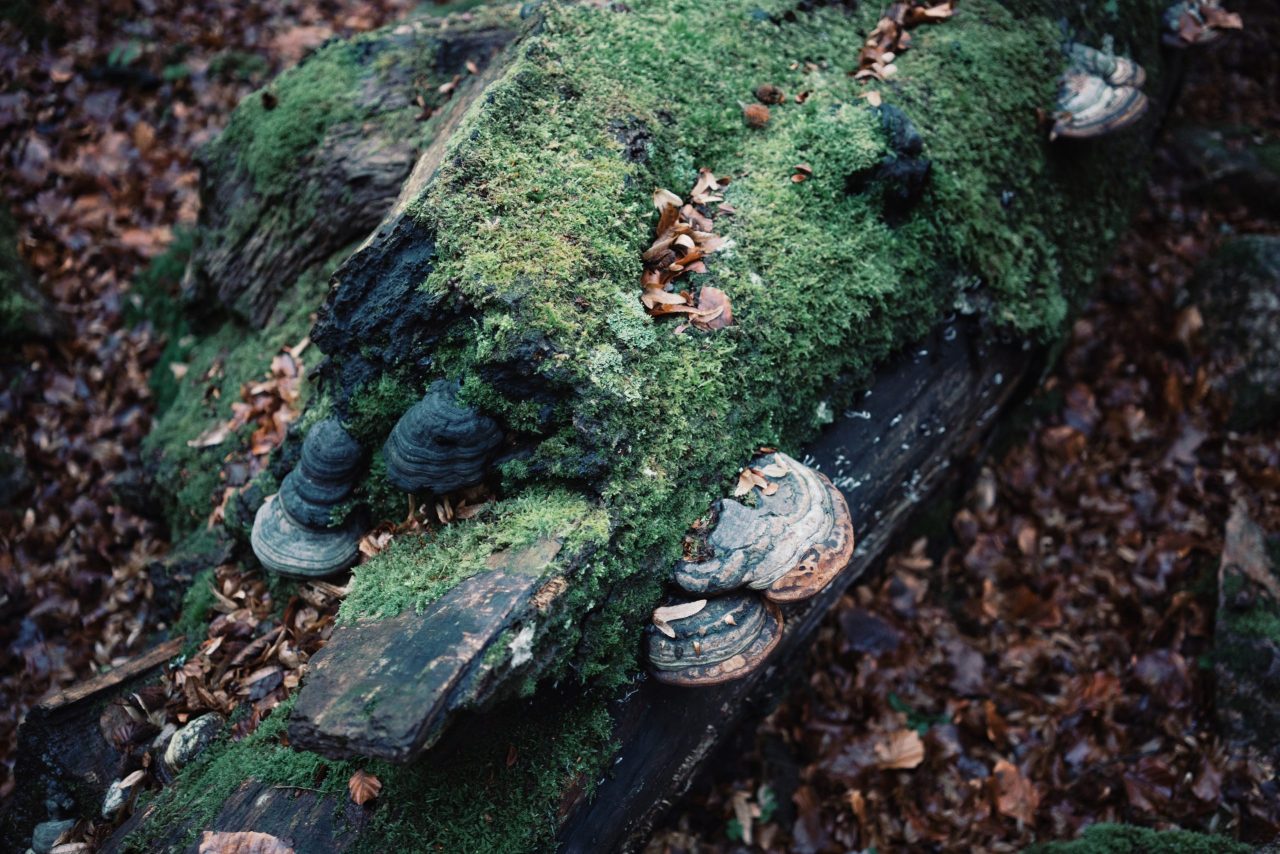Deadwood, or standing and fallen dead trees and branches, may not be as aesthetically pleasing as living trees, but it plays a critical role in forest ecosystems. Deadwood provides numerous benefits for both wildlife and the forest ecosystem as a whole. In this essay, we will explore the benefits of deadwood in a forest.
- Habitat for wildlife: Deadwood provides habitat for a wide range of wildlife, including birds, mammals, insects, and fungi. For example, many bird species, such as woodpeckers and owls, use deadwood for nesting and roosting. Insects, such as beetles and ants, use deadwood for shelter and as a food source. Mammals, such as bats and squirrels, use deadwood for shelter and as a source of food.
- Nutrient cycling: Deadwood plays an important role in nutrient cycling within a forest ecosystem. As deadwood decomposes, it releases nutrients such as nitrogen and phosphorus back into the soil. These nutrients are then taken up by living trees and other plants, supporting their growth and survival.
- Carbon storage: Deadwood can also act as a carbon sink, storing carbon for decades or even centuries. This is because deadwood is slow to decompose, and the carbon within it is sequestered for a long period of time. By preserving deadwood in forests, we can help to mitigate the impacts of climate change by reducing the amount of carbon in the atmosphere.
- Soil stability: Deadwood also helps to stabilize soil within a forest ecosystem. Fallen logs and branches can help to prevent soil erosion and provide a barrier against landslides and other forms of erosion. This is particularly important in areas with steep slopes or unstable soil.
- Forest regeneration: Deadwood can also play a role in forest regeneration. Fallen logs and branches create microhabitats that are ideal for seedlings to grow and develop. These microhabitats provide protection from herbivores and harsh weather conditions, which can help seedlings to survive and thrive.
- Cultural significance: Deadwood can also have cultural significance for people. In many cultures, deadwood is viewed as a symbol of life and death, and as a reminder of the cyclical nature of life. Deadwood can also be used for artistic and decorative purposes, such as in the creation of sculptures or furniture.
In addition to the benefits listed above, deadwood also provides important scientific and educational opportunities. Deadwood provides a window into the history of a forest, as it can reveal information about past disturbances such as fires, storms, and insect outbreaks. Deadwood can also be used to study the ecology and biology of forests, providing valuable insights into how forest ecosystems function.
In conclusion, deadwood plays a critical role in forest ecosystems, providing habitat for wildlife, supporting nutrient cycling, storing carbon, stabilizing soil, promoting forest regeneration, and providing cultural and educational opportunities. By recognizing the value of deadwood in forests, we can work to preserve this important resource and promote healthy and resilient forest ecosystems.
